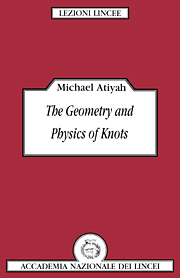1 - History and background
Published online by Cambridge University Press: 31 December 2009
Summary
General introduction
In recent years there has been a remarkable renaissance in the interaction between geometry and physics. After a long fallow period in which mathematicians and physicists pursued apparently independent paths their interests have now converged in a striking manner. However, it appears that parallel problems were being investigated in the past but a common language and framework were missing. This has now been rectified with gauge theory (alias the theory of connections) providing the common ground.
In earlier periods geometry and physics interacted at the classical level, as in Einstein's theory of general relativity, with gravitational force being interpreted in terms of curvature. The new feature of the present interaction is that quantum theory is now involved and it turns out to have significant relations with topology. Thus geometry is involved in a global and not purely local way.
A somewhat surprising feature of the new developments is that quantum field theory seems to tie up with deep properties of low-dimensional geometry, i.e. in dimensions 2,3 and 4 [3]. Thus the exciting new results of Donaldson [10] on fourdimensional manifolds, and the associated theory of Floer [13] on three-dimensional manifolds, are intimately linked to Yang-Mills theory. This has been made even clearer by Witten [35], where the Donaldson-Floer theory is interpreted as a topological quantum field theory in 3+1 dimensions.
A slightly different case arises from the recently discovered polynomial invariants of knots by Vaughan Jones [17]. These are related to physics in various ways but the most fundamental is due to Witten [36] who has shown that the Jones invariants have a natural interpretation in terms of a topological quantum field theory in 2+1 dimensions.
- Type
- Chapter
- Information
- The Geometry and Physics of Knots , pp. 1 - 11Publisher: Cambridge University PressPrint publication year: 1990



